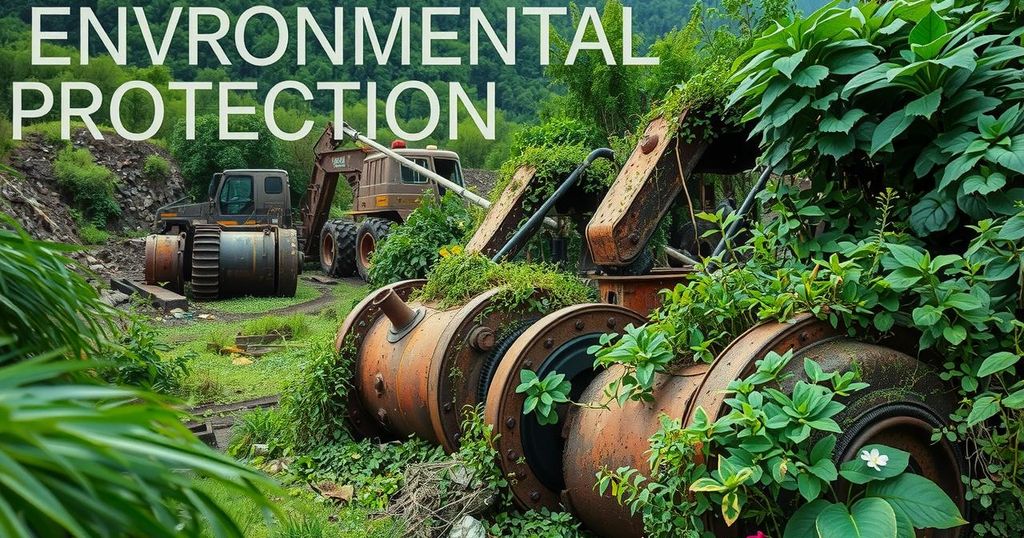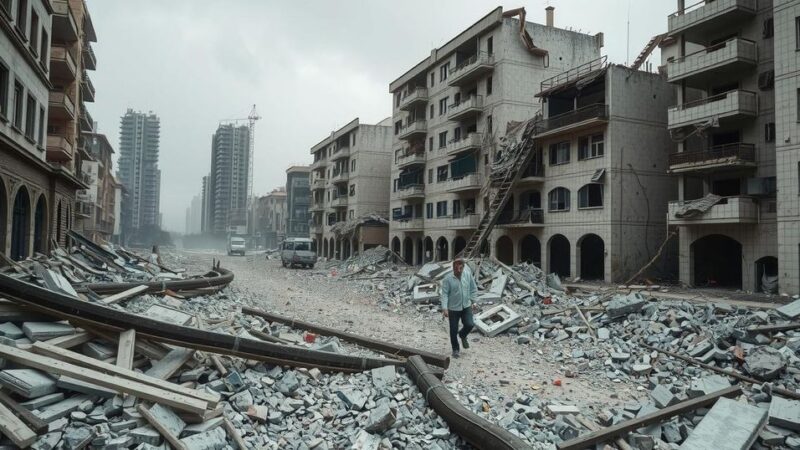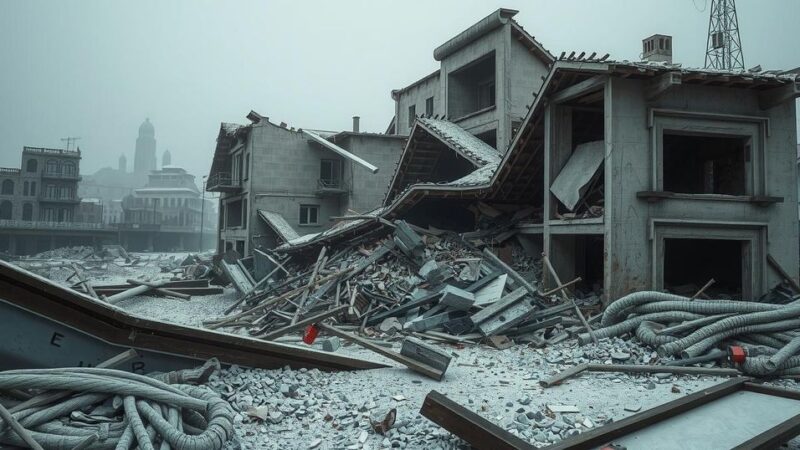The closure of the Cobre Panamá copper mine has led to significant environmental degradation and health risks for nearby communities. A report by ELAW details the imminent failure risks of the mine’s tailings dam, exacerbated by poor monitoring practices. Indigenous populations are experiencing contamination and species loss, reflecting the need for stronger regulations on mine closures in Latin America.
The Cobre Panamá copper mine, which ceased operations in 2023, is deteriorating in a biodiverse environment on Panama’s Atlantic coast. A recent report by Environmental Law Alliance Worldwide (ELAW) highlights the urgent risk of failure of the mine’s tailings dam due to inadequate monitoring and internal erosion. Nearby indigenous communities have reported increased contamination of water sources, which is adversely affecting local wildlife, wetlands, and resident health.
Experts assert that the existing regulations governing mine closures in Latin America are lacking, emphasizing the need for responsible closure plans that consider both social and environmental ramifications. The situation at Cobre Panamá exemplifies a common trend where inactive mines, without proper maintenance and monitoring, can significantly threaten human health and the environment. The catastrophic collapse of a tailings dam in Brazil in 2019 serves as a stark reminder of the potential dangers involved.
ELAW’s analysis of monitoring reports revealed critical failures in the oversight of Cobre Panamá’s tailings dam, which is at serious risk of collapse. Despite the mine being shut down, reports indicate that monitoring tools have not been functioning correctly, and regulations regarding environmental safety are being neglected. These deficiencies exacerbate the threat of acid mine drainage, which has already been triggered at the site.
Cobre Panamá was the largest copper mine in the country, significantly contributing to the global copper supply before its closure. The mine’s final copper production occurred in November 2023, leading the company to initiate a preservation phase still reliant on ongoing maintenance and monitoring efforts. However, financial expenditures for monitoring operations remain high, raising concerns about the sustainability of such initiatives.
Indigenous community leaders have expressed concerns regarding contamination affecting their food sources and overall health. Reports indicate declining agricultural productivity since the mine’s operations began, highlighting the broad socio-economic impacts of mining activities. Verifiable monitoring and immediate responses to mining impacts are essential for safeguarding both the environment and local communities.
The Panamanian government has been prompted to reassess mining regulations in light of these challenges, but inadequacies in legal frameworks remain. Closure plans have been ill-defined and lack necessary provisions for unexpected shutdowns. As a result, mining companies often evade full accountability for environmental harms and social impacts resulting from mine closures, leaving communities vulnerable after project termination.
The abandoned Cobre Panamá mine presents critical lessons on the urgent need for comprehensive regulations and responsible closure strategies in the mining sector. Inadequate monitoring, combined with insufficient regulatory frameworks, exacerbates environmental and social harms, particularly for indigenous communities. To mitigate future risks, improvements in legislation and proactive engagement with affected communities are essential to ensure sustainable mining practices that prioritize both ecological integrity and community well-being.
Original Source: news.mongabay.com






